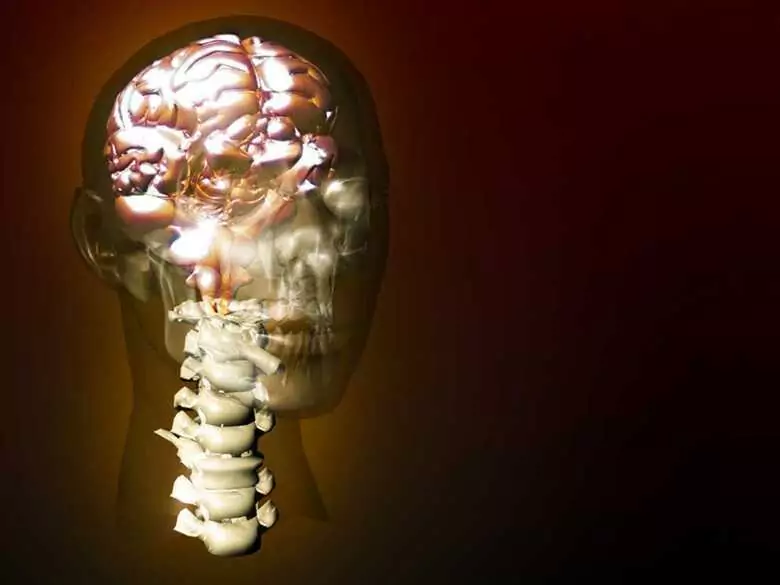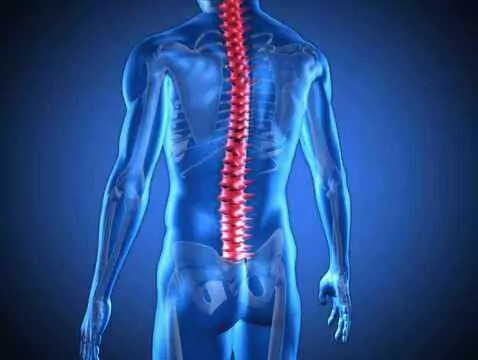The article discusses the problem of speech fluency, which is stuttering. The author indicates the most common causes of stuttering and the elements of differential diagnosis, which should be carried out in a patient presenting with this problem to a doctor.
Stuttering is a fluency of speech caused by excessive contractions of the respiratory, phonatory or articulatory muscles, which is accompanied by various individual or social reactions disrupting interpersonal communication.
The medical definition is that stuttering is not a disease but a medical symptom, occurring in various disorders of the nervous system.
Stammering can be divided in terms of:
- causes - organic and functional stuttering. We deal with organic stuttering when there is permanent damage to the subcortical nuclei. It occurs against the background of cranial trauma, tumours, diseases of the pyramidal tract, dementia, use of certain drugs and medicines. Functional stuttering occurs in the course of development or in response to traumatic experiences, psychological trauma. Psychologically, stuttering is a resultant of experienced anxiety, hostility, guilt, punishment, communication stress and fear of speaking. It is more common in people with low self-esteem and low self-confidence. The person who stutters treats speech not as a form of communication but as a test. Parents of children who stutter are more likely to react negatively, control children who stutter and correct them. Mothers of children who stutter speak faster than mothers of non-stutterers and ask more questions and make more demands.
- duration - we then speak of persistent (chronic) and temporary (episodic) stuttering. Chronic neurological stuttering arises from bilateral damage to the cerebral hemispheres. Episodic neurological stuttering occurs in damage to one hemisphere.
- thespasms that occur during non-fluent speech. We distinguish between clonic, tonic and tonic-clonic stuttering.

photo ojoimages
We most often encounter different types of speech fluency, for example semantic stuttering, i.e. difficulty in transitioning from one piece of information to another. We then hear pauses, repetition, embolophasia (stuttering). Most often the patient uses the given time to recall information. In syntactic stuttering, the person experiences difficulty in moving from one phase of a task to another. The symptoms of this fluency are revision and repetition of conjunctions. Articulatory stuttering is blocking, dragging, repetition or dysrhythmia.









